Bild Lab Team Members

Andrea Bild
Principle Investigator
Dr. Andrea Bild trained as a pharmacologist with a specialization in genomics and cancer cell biology. Her research program has established the development and clinical translation of a systems biology framework for personalized medicine genomics. Specifically, her research has enabled 1) investigations of signaling pathways and networks in a physiologically relevant setting: patient tumors; 2) algorithms to personalize matching of effective drugs to patients; and 3) systems-guided clinical trials with novel therapeutic strategies. Dr. Bild has also developed and founded the Genome Science Program at the University of Utah in order to train students and scientists in genomics and systems biology as well as create a rich collaborative structure for faculty across campus with expertise in this field.
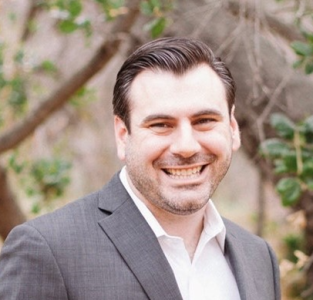
Patrick Cosgrove
- My research is focused on the development and utilization of genomic and transcriptomic technologies to investigate tumor subclone heterogeneity in patient cohorts. In this project, my work has been centered on the development of a pipeline to perform single cell and single nucleus RNA-Sequencing on patient tumor samples from breast, ovarian, and other cancer indications. Through investigating oncogenic phenotypes of subclones involved in the evolution of cancer over time or at metastatic sites under selective pressures such as chemotherapy, we aim to identify potential targetable vulnerabilities involved in cancer progression and drug resistance.
- Favorite pathway: p53

Feng Chi
- Research focus: My research focuses on the reversal of breast cancer stem-like cells (CSC) and
drug resistance in breast cancer chemotherapy - Favorite signaling pathway: RTK (AXL/ROR1-TEAD) pathways related to CSC, EMT, Survival
and Chemoresistance. Wnt pathways related to breast cancer stem-like cells (CSC)
promotion. HDAC regulation related to CSC, EMT, Survival and Chemoresistance
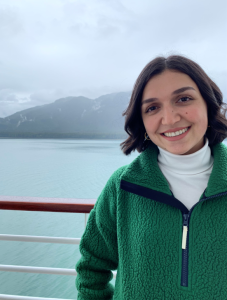
Kimya Karimi
- Research Focus: “My research focus is on how estrogen receptor-positive (ER+) breast cancer cell populations develop resistance mechanisms to therapy. I am using a combination of 3D tumor spheroid models, functional assays, and RNA sequencing to determine cell division rates and gene expression changes over time.”
- Favorite Pathway: “My favorite pathway is the Hippo signaling pathway, which is involved in the regulation of tissue growth and organ size.”
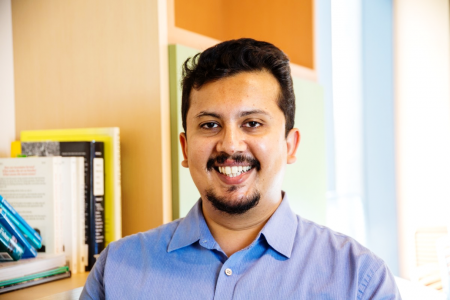
Aritro Nath
- Research focus: My research is focused on understanding the sub-clonal evolution of various cancers using single-cell sequencing technologies. Part of my work integrates various omic datasets to understand the genetic and pathway dynamics of tumor sub-clones as they evolve over time and space. In addition, I am developing novel drug-response biomarkers by combining systems approaches with machine-learning algorithms.
- Favorite pathway: Epithelial to Mesenchymal Transition (EMT).
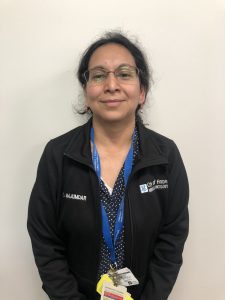
Sumana Majumdar
- Tumor heterogeneity has been identified at various –omic levels as tumor genome, transcriptome, proteome and phenome. All can vary widely which affect the tumor microenvironment and this complicates treatment of patient cancers. So identification of convergent cellular phenotypes has the potential to transform the way clinicians treat those cancers and patient outcome. We will model resistant cancer cell populations and both extrinsic and immune microenvironmental factors to identify critical features of acquired resistance and apply these models to a clinical trial aimed at blocking transition to a resistant cancer state.
- Determine the relationships among subclone evolution over time, oncogenic phenotype development, and acquisition of broad chemotherapy resistance which in term discovers how tumor subclone structures evolve in metastatic patients during chemotherapy and if individual cell phenotypes correlate with genotype.
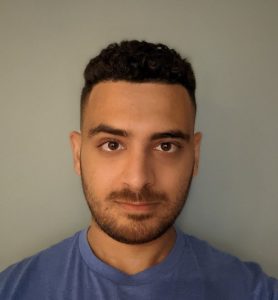
Isaac Bishara
- Research Focus: “I study the effect of local delivery of chemotherapeutic agents to Ovarian Cancer peritoneal metastases. Using single cell RNA-seq samples from the treated patients, I explore the microenvironmental effect, the short and long term response of cancer and normal cells, as well as the cancer subclonal composition in response to therapy.”
- Favorite Pathway: “My favorite pathway is the hypoxia pathway.”
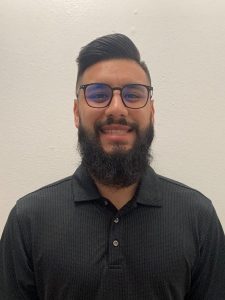
Eric Medina Castaneda
- My science background focused on developmental biology and understanding the roles of certain genes during early vertebrate development using wet lab techniques. As an incoming graduate student, I joined the Bild lab with an interest in studying cancer evolution using bioinformatics methods. As a bioinformatics graduate student, I will analyze single-cell RNA-seq data to identify populations of cells expressing certain features that facilitate cancer evolution.
- Favorite pathway: I highly admire the erythropoietin pathway. When erythropoietin binds to its receptor, the production of red blood cells increases, which in turn transports more oxygen throughout the body. During strenuous exercise, this molecule assists the body with faster recovery. The erythropoietin pathway also provides protective measures with respect to ischemia, wound healing, obesity, and bone remodeling.
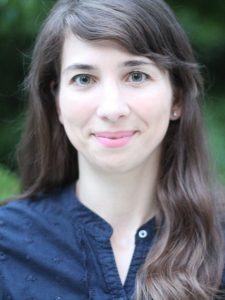
Eleni Farmaki
- My research revolves around breast tumor heterogeneity, subclonal evolution, and understanding how they affect the response to targeted drug therapy. My main focus is on the elucidation of the molecular mechanisms involved in the development of drug resistance and the identification of molecular determinants of resistance, through studying oncogenic signaling, that can be targeted to improve therapy.
- My favorite pathways are the Notch and the Estrogen Receptor pathways.
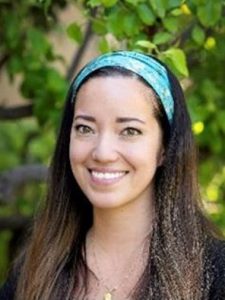
Rena Emond
- My research is focused on identifying cell-cell interactions and how they may contribute to cancer growth and the evolution of treatment resistance mechanisms. Through studying heterogenous tumor populations over the course of various treatment regimens, applying mathematical modeling, and integrating genomic data, my research aims to untangle relationships between subclonal populations and ultimately better target cells resistant to therapy.
- Favorite signaling pathway: estrogen response pathways, Wnt signaling pathway, and pathways involved in cell cycle regulation.
Former Team Members

Jacqueline Rueger
- Research focus: A major challenge in the treatment of cancer is to overcome acquired resistances to once effective drugs. My research area focuses on identifying and understanding the interaction between drug sensitive and drug resistant cell populations within a tumor using a 3D spheroid model.
- Favorite signaling pathway: mTOR: senses nutrient supply to regulate metabolism and proliferation.
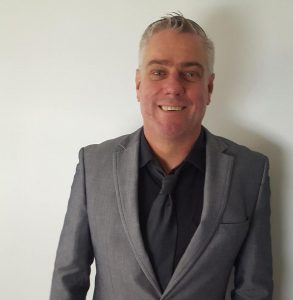
Ben Copeland
- Through single cell and related omics techniques the Bild lab have discovered that as ovarian cancer patient tumor subclones evolve over time and treatment modalities, there is a shift in the metabolic plasticity state. My current project is characterizing the plasticity of this metabolic shift to try and reveal druggable metabolic pathways, adjunct to chemo treatments, to overcome drug resistance.
- My favorite pathway is the AR-axis signaling pathways.
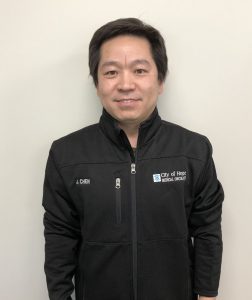
Jinfeng Chen
- My research is focused on understanding tumor heterogeneity and evolution during drug treatment. I apply genomic approaches to study subclone evolution, transcriptional and phenotypic changes, and tumor macroenvironment in patient samples collected from clinical trials. My goal is to identify common features in patients showing drug resistance and explore new drugs to reverse the resistance.
- My favorite pathways are P53 and estrogen response pathways.
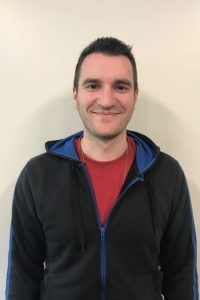
Pierre Wallet
- Research focus: My research is based on immune cells and immune system. I first started to understand how immune cells can detect and deal with intracellular pathogens. Now I am working to understand how cancer cells can avoid immune cells and if is there a way to inhibit this avoidance.
- Favorite signaling pathway: The inflammasome pathways, depending of the inflammasome sensors, involve several signaling pathways like for example cGAS/STING, type I or II Interferons and caspases activation. The activation of inflammasome lead to a specific cell death called pyroptosis. This cell death, in the case of intracellular pathogens for example, will avoid the spread of the pathogens during infections. The interaction between T cells and other cells through the TCR/MHC pathway is also very interesting, this interaction may lead to the release of lymphocyte pro-apoptotic enzymes that will kill the targeted cells.
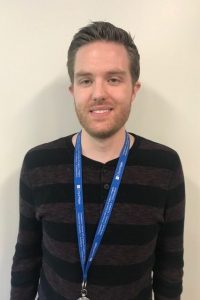
Lance Pflieger
- My research is focused on understanding the evolution of treatment resistant mechanisms in cancer. By integrating single cell and other omics technologies, I am to characterize common phenotypes that emerge from heterogeneous tumor populations over the course of therapy. Based on these finding, novel phenotype-targeted treatment strategies can be proposed in conjunction with common gene targeted therapies to provide a more comprehensive treatment plan.
- My favorite pathway is the Hallmark P53 pathway. It’s the distinctive “guardian of the genome” pathway.
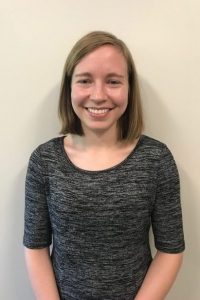
Jasmine McQuerry
- My research in the Bild lab can be divided into two areas. The first project examines the biology of patient cancer samples through transcriptional and pathway activity profiling and seeks to link notable findings to patient outcomes. The second project explores the phenotypic consequences of aberrant MDR1 multidrug transporter expression in breast cancer.
- My favorite signaling pathway is the phototransduction cascade, the process by which our eyes convert light into a signal interpreted by the brain. I am fascinated by the ways our bodies integrate and process information from our environment.
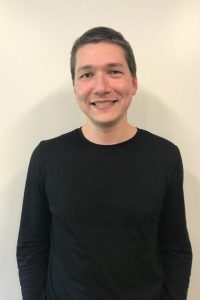
Vince Grolmusz
- Research focus: The past few years have brought several novel treatment options for patients with breast cancer. Although quite effective at first, resistance to these treatments emerge and novel therapeutic options are to be considered. My research focus is to detect acquired vulnerabilities of these resistance mechanisms and to detect optimal compounds which can effectively target these resistant cells.
- Favorite signaling pathway: The molecular regulation of cell cycle is a complex, fine-tuned mechanism incorporating several activating and inhibitory circuits. Altered cell cycle regulation is a hallmark of cancer resulting in uncontrolled proliferation. Key factors contributing to this phenomenon can serve as novel drug targets and therapies aiming to control them may further benefit cancer patients.
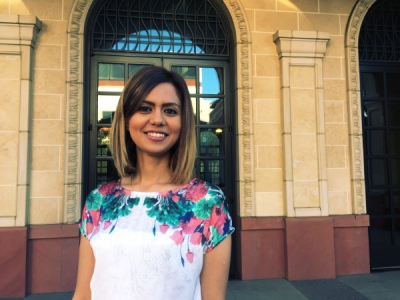
Hoda Mirsafian
- Ovarian cancer is a complex disease with significant tumor heterogeneity which contribute to therapeutic failure and drug resistance. My research is focused to characterize the evolution of subclonality and phenotype over the course of treatment, and identifying common resistance mechanisms among patients with ovarian cancer, through integrated analysis of single cell RNA sequence, and bulk whole-genome DNA sequencing data.
- My Favorite signaling pathway is the c-Myc signaling pathway. High expression level of c-Myc in Ovarian cancer is associated with tumor recurrence, drug resistance, and poor overall survival.